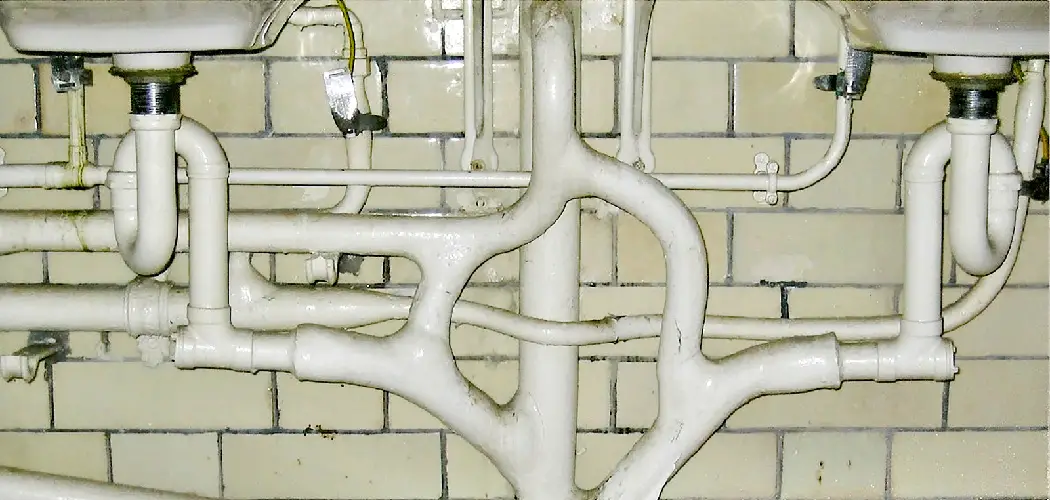As winter’s chill settles in, homeowners must prepare their abodes to withstand the harsh elements, and a crucial aspect often overlooked is the plumbing system. The frigid temperatures of winter pose a significant threat to pipes, potentially causing them to freeze and burst, leading to costly damage. To safeguard against such winter woes, understanding how to winterize a home plumbing system becomes paramount.
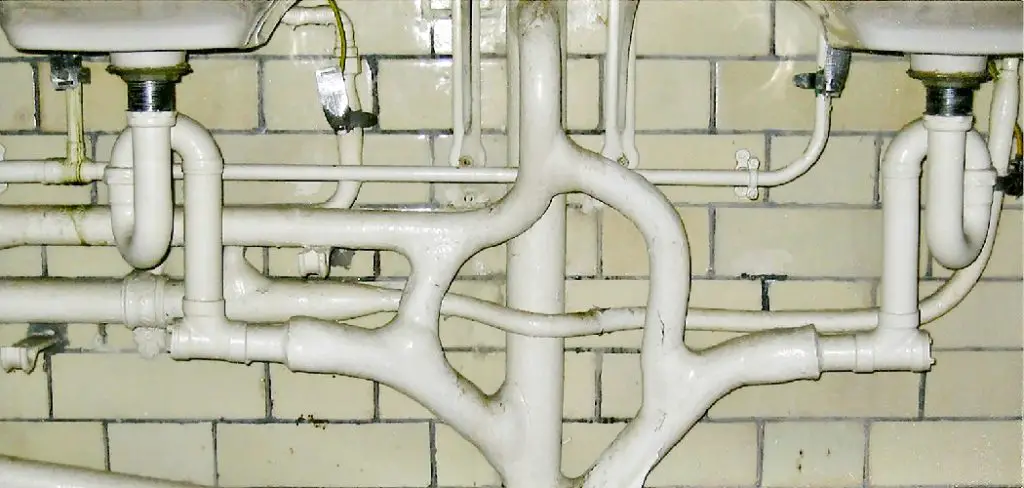
This comprehensive process involves a series of preventive measures, ranging from insulating pipes and sealing potential drafts to draining outdoor water sources. Neglecting these precautions can result in a cascade of issues, from inconvenient leaks to extensive water damage.
In this guide, we’ll explore the essential steps to ensure your home’s plumbing remains resilient during the frosty months, allowing you to navigate winter with confidence and protect your investment in both property and peace of mind.
Importance of Winterizing a Home Plumbing System
Winterizing a home plumbing system is an important and necessary task that should be done before the arrival of colder temperatures. It involves taking preventative measures to protect your pipes, faucets, and other plumbing components from freezing and potentially bursting, which can cause significant damage and costly repairs.
During the winter months, water in your pipes can freeze due to the drop in temperature. As water freezes, it expands and puts pressure on your pipes, which can cause them to burst. This not only leads to water damage but also disrupts the functioning of your plumbing system.
By winterizing your home’s plumbing system, you are taking proactive steps to prevent frozen pipes and avoid potential problems during the colder months. It is a crucial part of home maintenance that should not be overlooked.
10 Methods How to Winterize a Home Plumbing System
1. Insulate Pipes
One of the best ways to winterize a home plumbing system is to insulate pipes. This is especially important for pipes located in unheated areas, such as crawlspaces or attics. Insulating pipes helps to keep them from freezing and bursting during cold weather. The insulation also helps to keep hot water hotter for longer periods of time, which can save energy and money on heating costs.
2. Drain Outdoor Faucets
Outdoor faucets should be drained before the winter months arrive in order to prevent them from freezing and bursting. To do this, simply turn off the water supply to the outdoor faucet and then open it up so that any remaining water can drain out. Once all of the water has drained out, close the faucet and make sure that it is tightly sealed with an insulation wrap or other material.
3. Clean Gutters and Downspouts
Gutters and downspouts should be cleaned before the winter months arrive in order to prevent ice dams from forming on your roof. Ice dams occur when melting snow refreezes at the edge of your roof, causing a buildup of water that can eventually seep into your home’s structure and cause damage to walls, ceilings, floors, and other surfaces.
Regularly cleaning gutters will help ensure that they are free of debris that can lead to ice dams forming on your roof.
4. Check for Leaks
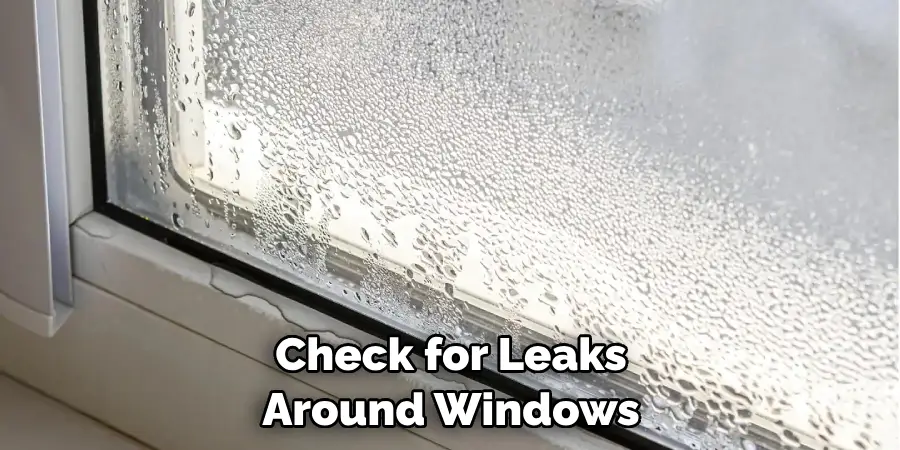
It’s important to check for leaks around windows, doors, and other areas where air may be able to enter your home’s plumbing system during cold weather months. If you find any leaks around these areas, seal them up with caulk or another type of sealant in order to prevent cold air from entering your home’s plumbing system and causing pipes to freeze or burst due to extreme temperatures outside.
5. Check the Water Pressure Regulator Valve
The water pressure regulator valve should be checked before winter arrives in order to make sure that it is working properly. This valve regulates the amount of pressure coming into your home’s plumbing system so that it does not exceed a certain level, which could cause damage or even lead to pipe bursts due to high-pressure levels during extreme temperatures outside.
6. Install Heat Tape
Heat tape can be installed around exposed pipes in order to help keep them warm during cold weather months when temperatures drop below freezing outside. Heat tape works by generating heat which helps keep exposed pipes warm enough so that they don’t freeze over during extreme temperatures outside. Make sure you follow all safety instructions when installing heat tape, as improper installation can lead to fire hazards or electric shock risks if not done correctly.
7. Inspect Sump Pump System
A sump pump system should also be inspected before winter arrives in order to make sure that it is functioning properly and able to handle any potential flooding due to melting snow or heavy rains during colder months when temperatures drop below freezing outside. A sump pump works by pumping out excess water from basements or crawl spaces so that they remain dry even after heavy rains have occurred.
8. Install Backflow Preventer Valves
Backflow preventer valves are designed specifically to prevent backflow into a home’s plumbing system due to changes in pressure caused by temperature drops below freezing outside. These valves work by blocking off any potential pathways leading back into a home’s plumbing system while allowing normal flow through when necessary.
Installing one of these valves is essential for preventing backflow issues caused by temperature drops below freezing.
9. Shut Off Exterior Hose Bibbs
Exterior hose bibbs should also be shut off before winter arrives in order to prevent frozen pipes due to extreme temperatures outside. To do this, simply locate the main shutoff valve near the exterior hose bibb, turn it off, and then open up each individual hose bibb until all remaining water has drained out.
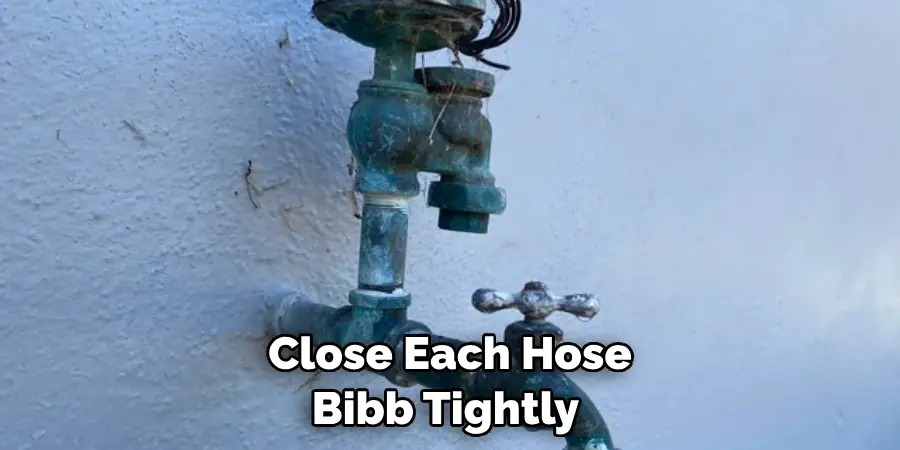
Once all of the water has been drained, close each hose bibb tightly and make sure they are securely sealed with an insulation wrap or other material.
10. Have Professional Plumber Perform Annual Inspection
Finally, having a professional plumber perform an annual inspection is always recommended no matter what season it is, as this will help identify any potential issues with your home’s plumbing system before they become too severe.
During this inspection, a plumber will check for any signs of corrosion, weak connections, leaking joints, clogged drains, etc., which could potentially lead major problems if left unchecked.
Things to Consider When Winterizing Your Home Plumbing System
When it comes to preparing your home plumbing system for winter, there are a few key things to keep in mind. Here are some factors you should consider before starting the process:
Location
- The location of your home plays a significant role in how much protection your plumbing system will need during the winter months. If you live in an area with very cold temperatures, it’s important to take extra precautions to prevent frozen pipes.
Age of Your Home
- The age of your home can also impact the steps you need to take when winterizing your plumbing system. Older homes may have more vulnerable pipes that are more susceptible to freezing, while newer homes may be built with better insulation and protection against freezing temperatures.
Type of Plumbing System
- The type of plumbing system in your home can also impact how you approach winterizing it. For example, if you have a well system, you’ll need to take additional steps to protect the pump and pipes from freezing.
Common Mistakes to Avoid When Winterizing Your Home Plumbing System
When winter approaches, it’s important to take the necessary steps to protect your home and plumbing system from the harsh weather conditions. Winterizing your home plumbing system can save you from costly repairs and prevent any inconveniences that may arise during the cold months.
Not Shutting Off the Water Supply
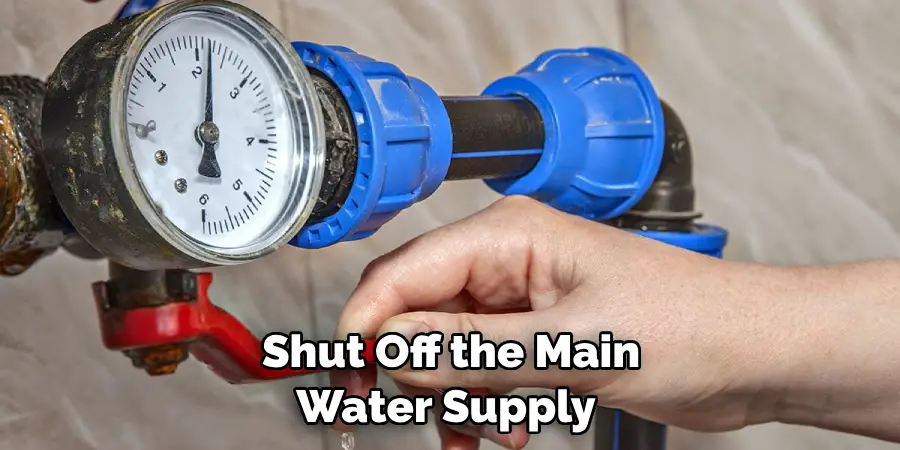
One of the biggest mistakes people make when winterizing their home plumbing system is forgetting to shut off the main water supply. This is a crucial step that cannot be overlooked as it ensures that no water flows through your pipes while they are being prepared for the winter.
Not Draining Exterior Faucets
Another common mistake is not draining exterior faucets and hoses before winter. If left with water inside, these can freeze and cause damage to the faucet or hose. To avoid this, make sure you disconnect all hoses and drain them thoroughly before storing them for winter.
Not Insulating Exposed Pipes
Exposed pipes are vulnerable to freezing during winter, which can lead to burst pipes and water damage. One way to prevent this is by insulating any exposed pipes with pipe sleeves or heat tape. This will keep the pipes warm and prevent them from freezing.
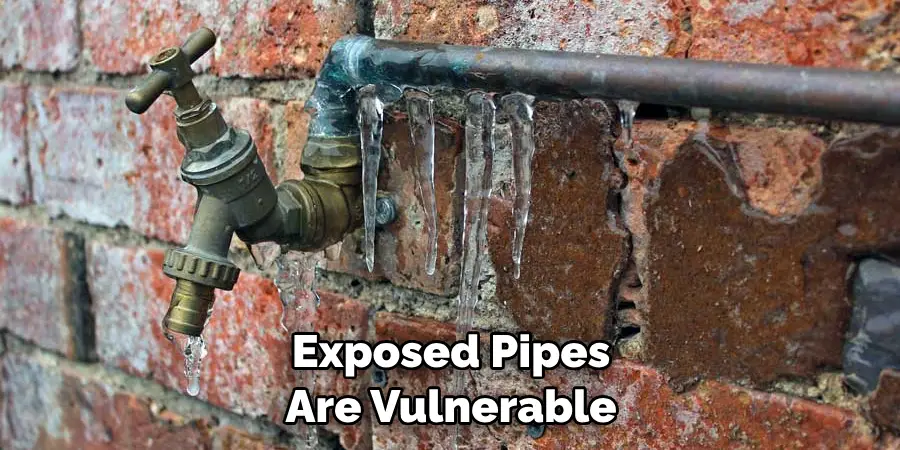
Conclusion
Winterizing a home plumbing system is essential for keeping the plumbing running smoothly and preventing costly repairs. Taking simple preventative steps such as insulating pipes, disconnecting and draining outdoor hoses, clearing clogged drains, and installing insulation on an exposed pipe can all help keep your plumbing system safe from winter weather.
Doing so will also help you avoid flooding, frozen pipes, and other problems that could significantly impact the functionality of your home’s plumbing. Now that you know how to winterize a home plumbing system, it’s important to act now before temperatures drop any lower. Not only will this save you from potential disasters in the future, but it can provide you with peace of mind knowing that you are protecting one of the most important components of your home.

